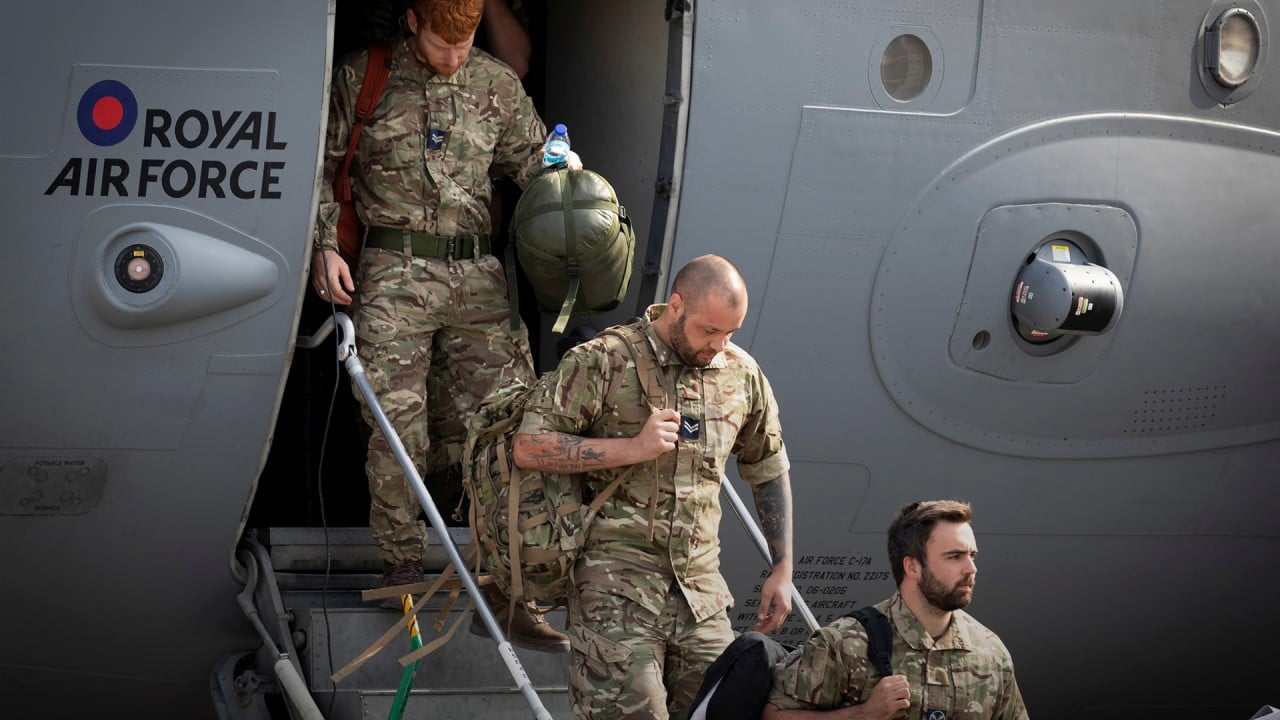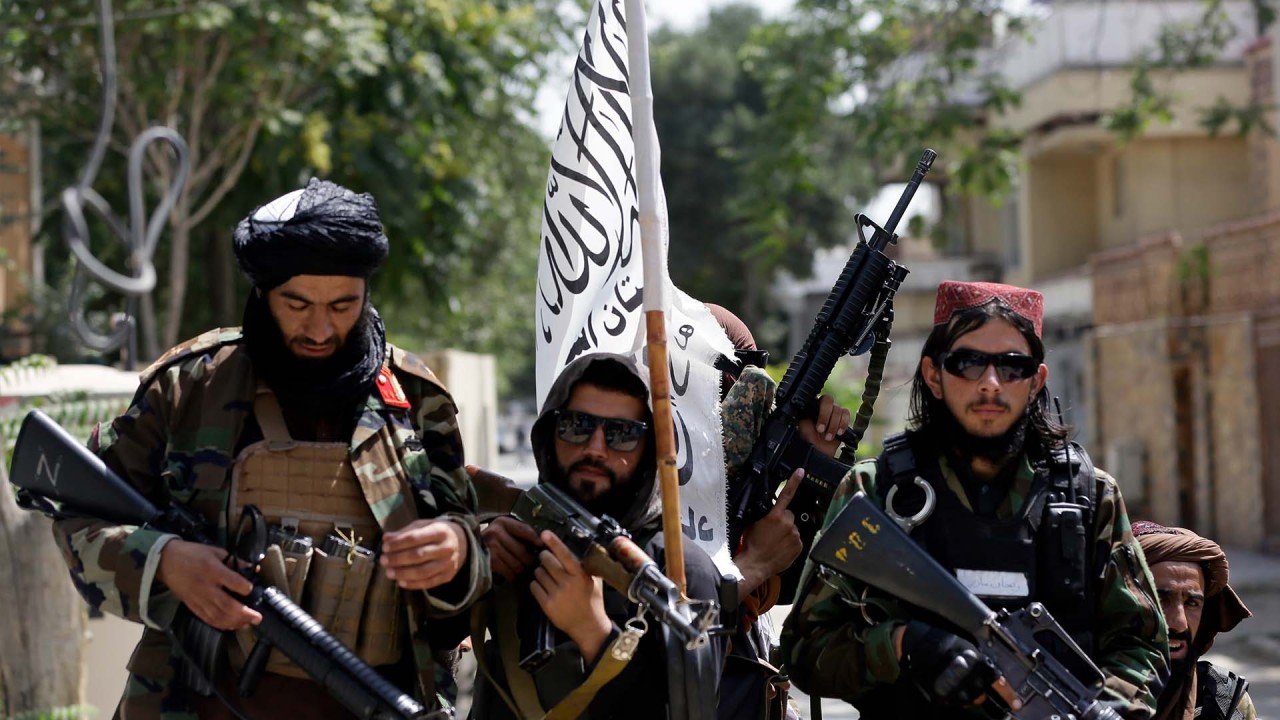
Afghanistan: Who is the Taliban’s reclusive supreme leader Hibatullah Akhundzada?
- Hibatullah Akhundzada has shepherded the Taliban as its chief since 2016, but little is known of him
- The group said he will soon make a public appearance, as various factions enter talks to set up a new government
The group’s deputy leader, Mullah Abdul Ghani Baradar, has been in Afghanistan since shortly after the Taliban’s surprise takeover of the country, in an offensive that ousted a Western-backed government and put plans by the US and its allies to evacuate citizens and Afghans seeking safety into disarray.
There has been one major exception – the group’s reclusive supreme leader.
But Hibatullah Akhundzada may finally make a public appearance – and soon – the Taliban said on Sunday. “He is present in Kandahar,” Taliban spokesman Zabihullah Mujahid said.
Hibatullah – the so-called commander of the faithful – has shepherded the Taliban as its chief since 2016 when snatched from relative obscurity to oversee a movement in crisis.
After taking the insurgency’s reins, the cleric was tasked with the mammoth challenge of unifying a jihadist movement that briefly fractured during a bitter power struggle.
The infighting came as the group was hit with successive blows – the assassination of Hibatullah’s predecessor and the revelation that its leaders had hidden the death of Taliban founder Mullah Omar.
Taliban got what it wanted. Now it must meet US, Chinese expectations
Little is still known about Hibatullah’s day-to-day role, with his public profile largely limited to the release of annual messages during Islamic holidays.
The Taliban have released just one photograph of the leader.
The announcement that Hibatullah will soon appear in public comes as the heads of the group’s various factions openly preached in Kabul’s mosques, met with opposition figures, and even chatted with Afghan cricket officials in recent days.

04:02
UK, France, Germany and most other European allies end Afghanistan evacuation
The Taliban have a long history of keeping their top leader in the shadows.
The group’s enigmatic founder Mullah Mohammad Omar was notorious for his hermit ways and rarely travelled to Kabul when the Taliban were in power in the 1990s.
Instead, Mullah Omar remained largely out of sight, reluctant to even meet visiting delegations.
He stayed in his compound in Kandahar, the birthplace of the militant movement and the centre of its iron-fisted government in the 1990s.
Still, Omar’s word was rule and no singular figure has emerged to command the movement with the same respect.
Who is Baradar, a Taliban leader with near-legendary status?
Prior to the Taliban’s announcement that Hibatullah might appear soon, Laurel Miller – the head of the Asia programme at the International Crisis Group – said he had adopted a “reclusive” style similar to the founder Mullah Omar.
The secrecy might also be fuelled by security fears, Miller added, citing the assassination of his predecessor Mullah Akhtar Mansour by a US drone strike.
“It’s also possible that after showing himself he would withdraw and exercise his authority in a remote fashion, as Mullah Omar did,” the analyst said.

02:10
China pledges support for Taliban, speaks out against G7 threat to sanction hardline group
The announcement of a looming appearance follows rumours about Hibatullah’s health that have been circulating for years, with chatter in Pakistan and Afghanistan suggesting he had contracted Covid-19 or been killed in a bombing.
The revelation in 2015 that the Taliban leadership had for years hidden the death of Mullah Omar sparked a brief but bloody power struggle, with at least one major faction splitting from the group.
It would also come at a time when the Taliban prepare to form a government, with multiple factions within the group representing different interests from across Afghanistan.
Top Chinese and American diplomats discuss Afghanistan amid tense relations
As the Taliban transition from fighting to governance, appeasing all the factions will be crucial to consolidating power.
Any vacuum at the top could destabilise a movement that has managed to stay together during decades of conflict, tens of thousands of foot soldiers killed, and top leaders assassinated or shipped off to the US prison in Guantanamo Bay.
Some analysts have suggested that the Taliban may just be biding their time until US-led forces make their final exit from Afghanistan before their leader appears in public.

In an interview with the AFP on Sunday, spokesman Zabihullah said the Taliban was focusing on accessing Afghan state funds overseas and said the country’s financial problems would be solved once the new government was in place.
Although the Taliban has been blocked from overseas reserves by other countries that fear the Taliban will use control of the country to support terrorism, Mujahid said the Taliban had its own sources of revenue.
The Taliban hoped to work with Turkey, said the spokesperson, on everything from the economy to education.
Additional reporting by dpa, AFP

.png?itok=arIb17P0)
